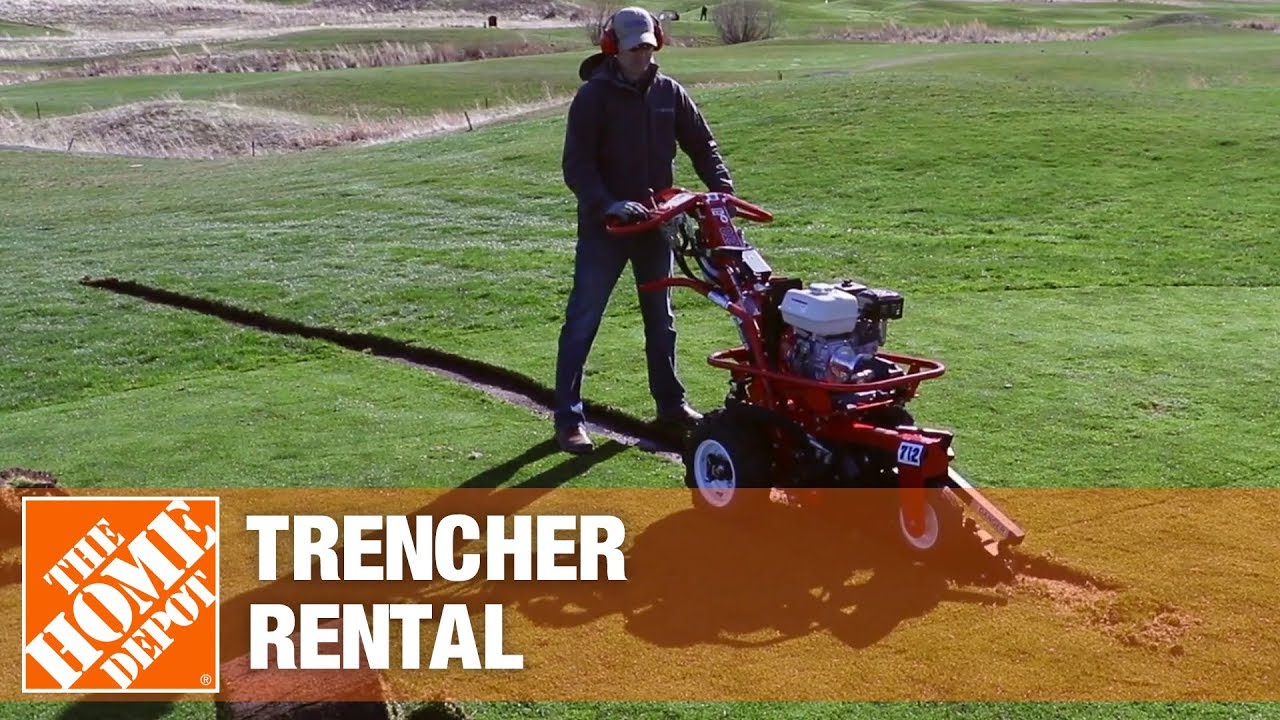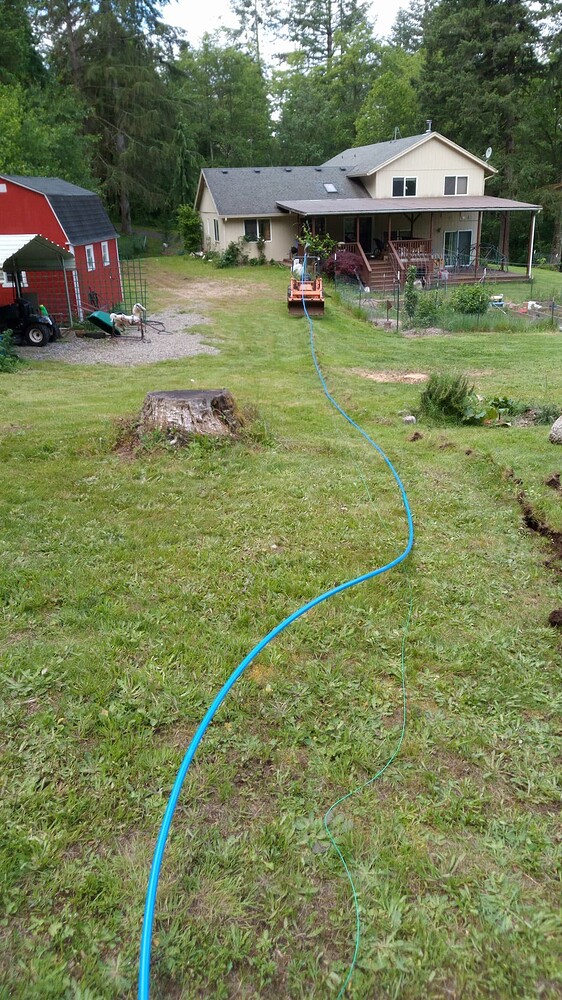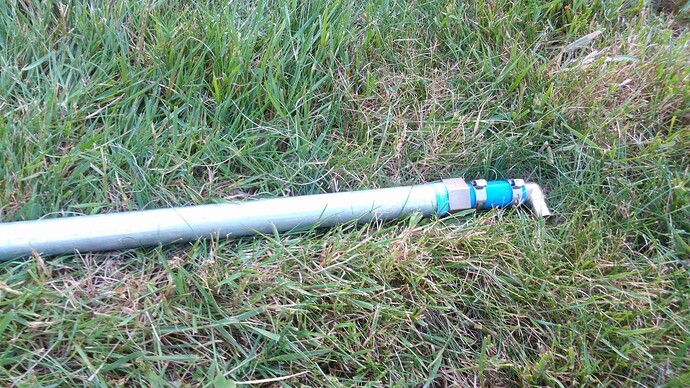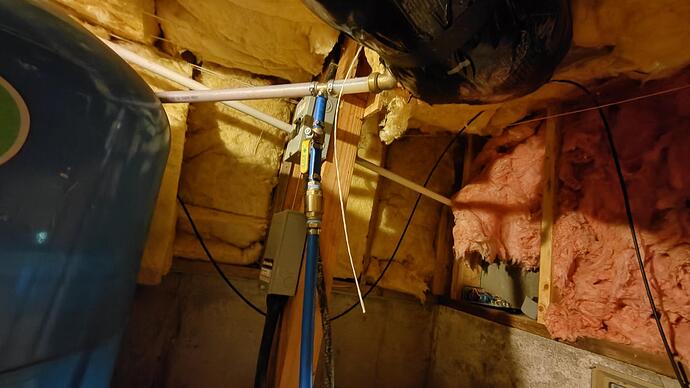I ran 300 feet or so of 3/4" pex to 3 hose bibs in my orchard. Eventually I’ll run some more further. It’s probably about 8" below the surface and I just drain it from the low point and shut it off in the crawl space for the winter. I leave the spigots open.
I used my small tractor and a subsoiler to unspool the pex, open the ground, lay the pex in and zip closed in one pass. The next season you couldn’t tell where they run. I also ran some copper wire so I can trace it with a metal detector.
I spent a few hundred dollars on supplies plus a couple hundred for the cheap subsoiler - which I’ll probably use in the vegetable garden after a few iterations of shallow tilling.
The end of the furthest run up the hill:
Right after running, pipe is in:
The beginning of the run, the trench is messier because I did a pre-pass not sure if my tractor had the traction. Was unnecessary and I didn’t follow the exact path on the 2nd pass.
I just pieced together some PVC and strapped it to the cheap subsoiler.
Pipe and wire laid in the general path feeding in the fornt, over the top and into the ground behind. You can see this is the one that had a pass with the subsoiler done first. I ran between two stumps, luckily it didn’t get stuck on roots:
I pieced together my own fixture with a steel pipe and brass fittings. Connected below ground to the pex:
I just drove a T post next to each steel riser pipe and strapped it to secure.
8 years, no issues other than replacing one of the 3 valves that had some water left in it during a hard freeze.
This year I finally changed the connection to my house plumbing to go before the water treatment. I just added one 4"x20" sediment filter. That way I’m not exhausting all of your softened water every day and using a ton of salt.
It’s not pretty, and I didn’t do the original plumbing, but here I tapped into the 1" pex line feeding the kitchen after all of the water treatment: I added acheck valve to make sure I don’t get junk siphoned back into the house water. This was the setup before I moved it upstream of the house water treatment. White pex is original and Blue is what I added. In the winter I shut off this valve, and have another one lower down off of a tee to drain remaining water if necessary. And yes, this check valve is supposedly approved for vertical orientation.








